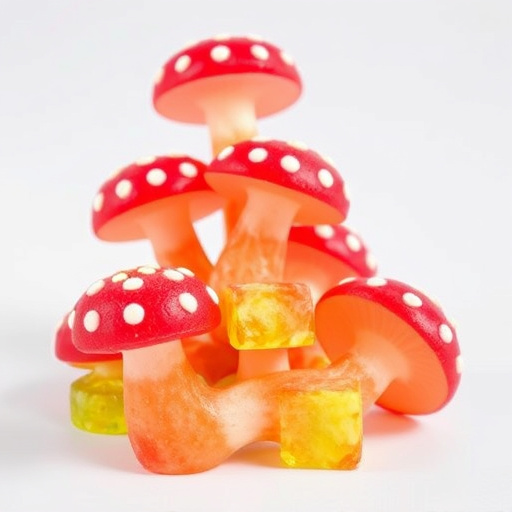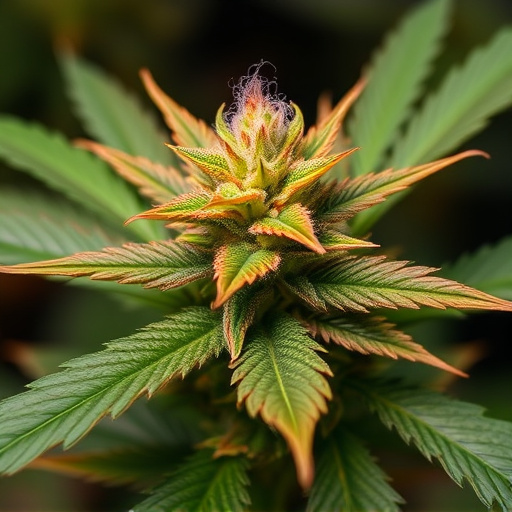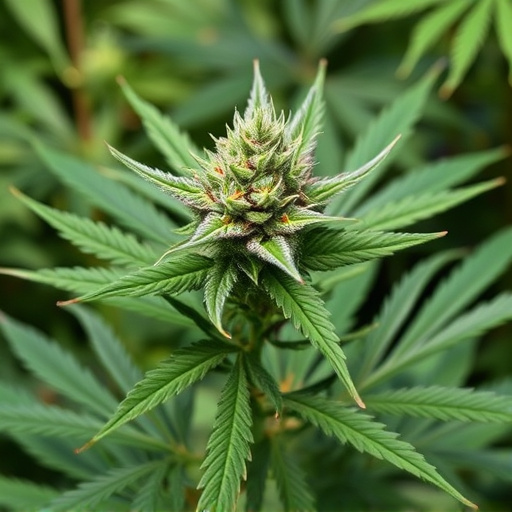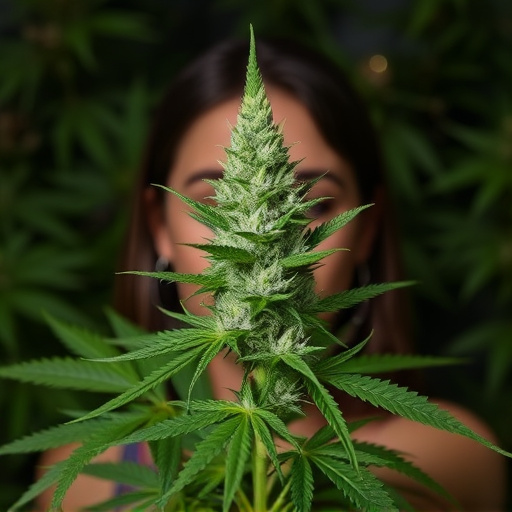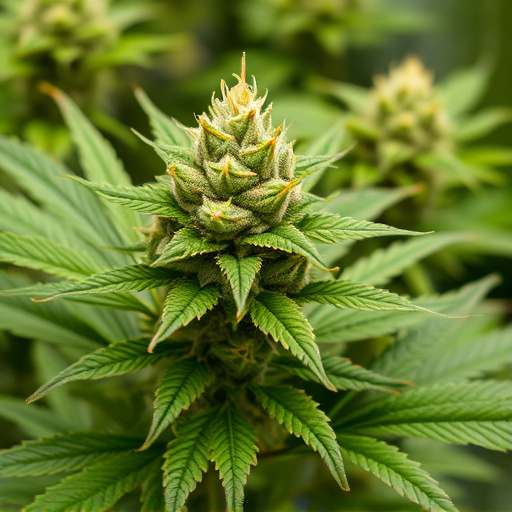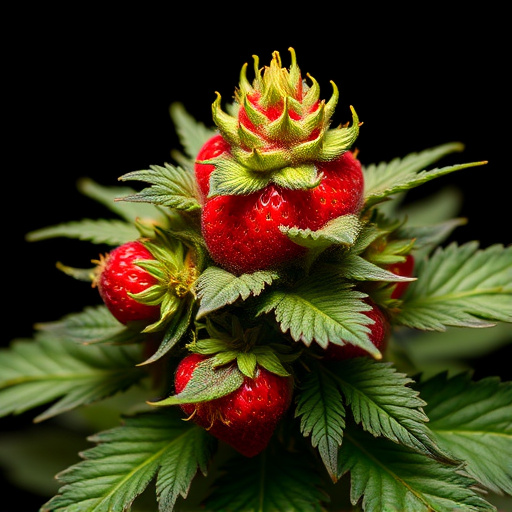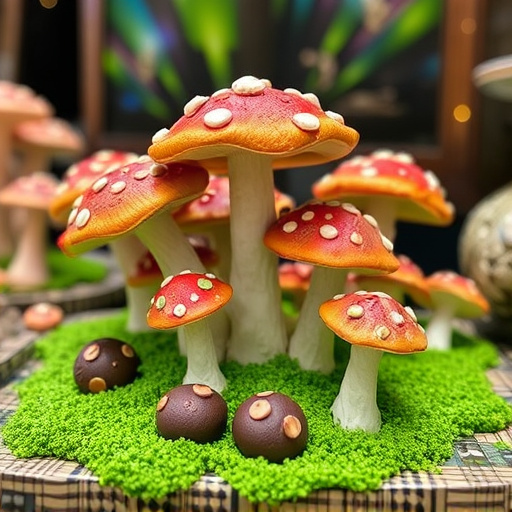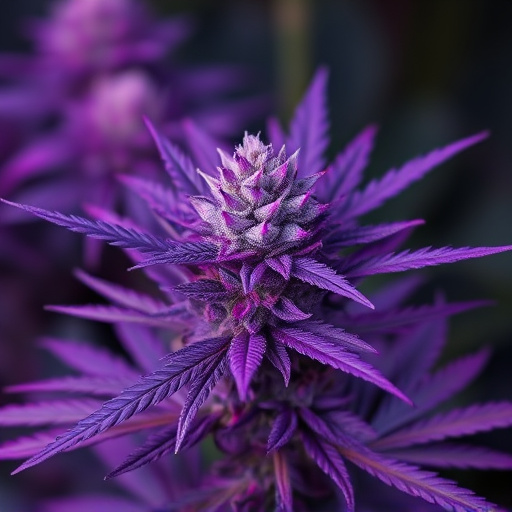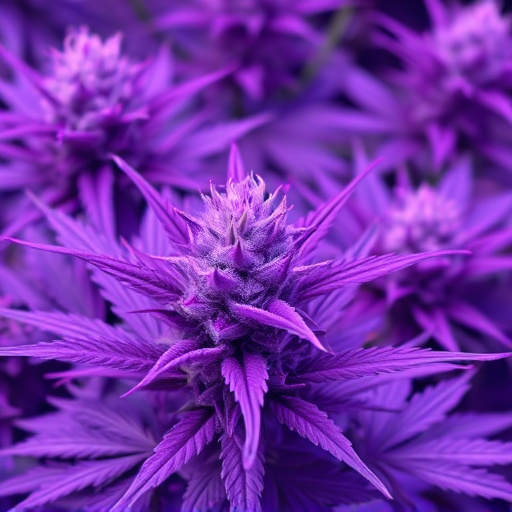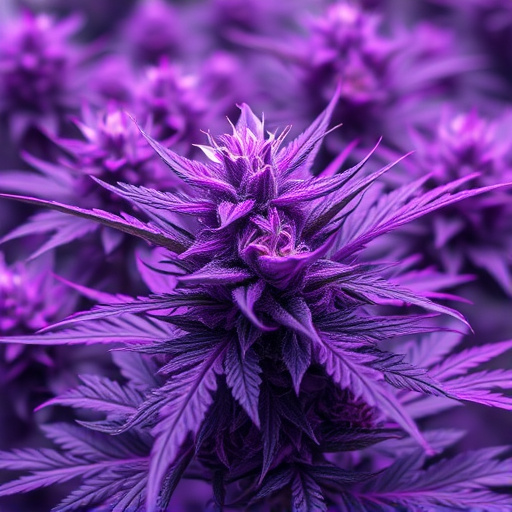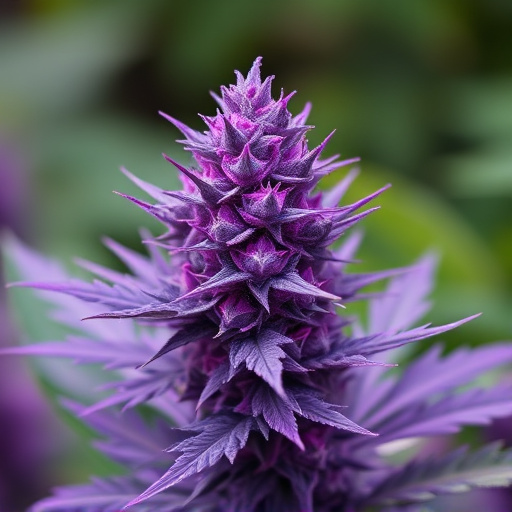The unique colors of purple cannabis strains, ranging from vibrant blue to burgundy, are due to anthocyanin flavonoids that protect the plant and attract pollinators. These pigments work alongside cannabinoids like THC and CBD, as well as terpenes, to create diverse aromas, flavors, and therapeutic effects. Genetic variations and environmental factors, such as mineral compositions and climate, further enhance the visual diversity of purple strains, making them highly sought after by cannabis enthusiasts and providing valuable insights for growers.
Uncover the captivating mysteries behind the vibrant hues that transform ordinary weeds into extraordinary purple, red, and blue wonders. This article delves into the intricate world of cannabis pigments, exploring the interplay between anthocyanins, genetic variability, and environmental factors. Discover how these elements contribute to the diverse and stunning purple strains of cannabis, offering a unique perspective on nature’s artistic expression in the plant kingdom.
- Understanding Cannabis Pigments: The Role of Anthocyanins and Other Compounds
- Genetic Variability: How Different Strains Produce Unique Purple, Red, and Blue Tints
- Environmental Factors: The Influence of Soil, Climate, and Growing Conditions on Weed Colors
Understanding Cannabis Pigments: The Role of Anthocyanins and Other Compounds
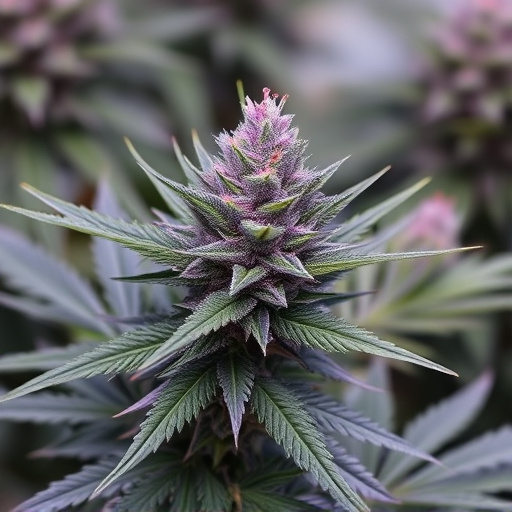
Cannabis plants, like many others, produce pigments that contribute to their distinctive colors. In the case of purple strains, the primary culprits are anthocyanins—a type of flavonoid. These compounds are responsible for the vibrant hues ranging from deep blue to rich burgundy found in some cannabis varieties. Anthocyanins play a vital role in protecting the plant, attracting pollinators, and even influencing its therapeutic properties.
Beyond anthocyanins, other compounds like cannabinoids (like THC and CBD) and terpenes also contribute to the unique characteristics of different cannabis strains. The interplay among these chemicals creates diverse aromas, flavors, and effects associated with purple strains—a true testament to the complexity of this remarkable plant.
Genetic Variability: How Different Strains Produce Unique Purple, Red, and Blue Tints

The world of cannabis is incredibly diverse, and this diversity extends to the stunning array of colors that can be found among its various strains. Genetic variability plays a crucial role in the production of unique purple, red, and blue tints seen in many purple strains of cannabis. Each strain possesses its own distinct genetic makeup, which dictates not only its aroma, flavor, and effects but also its visual appeal.
Cannabis plants produce anthocyanins, natural pigments responsible for these vibrant colors. Genetic mutations and crosses between different strains can result in variations of these anthocyanin levels and types, leading to the stunning purple, red, and blue hues. This variability allows cultivators to create remarkable visual displays, captivating both novice and seasoned cannabis enthusiasts alike.
Environmental Factors: The Influence of Soil, Climate, and Growing Conditions on Weed Colors

Weed colors, including shades of purple, red, and blue, are not just aesthetic; they’re often indicators of the plant’s environmental conditions. Soil plays a significant role in determining weed hues. Certain soil types contain unique mineral compositions that can influence the pigments expressed in the cannabis plant. For instance, higher levels of manganese or certain other trace elements can contribute to purple strains of cannabis, known for their distinctive and sought-after colors.
Climate and growing conditions further refine these visual characteristics. Temperature fluctuations and sunlight exposure affect the plant’s metabolic pathways, directing energy towards specific compounds that contribute to color variations. Cooler temperatures and ample sunlight are often associated with more vibrant purples and reds in weed, while balanced climates can result in deeper blues. Understanding these environmental factors offers growers insights into cultivating desired cannabis varieties, particularly those renowned for their captivating purple strains.
The vibrant hues of purple, red, and blue in certain strains of cannabis are a result of complex interactions between genetic variability and environmental factors. Anthocyanins, powerful pigments responsible for these colors, are influenced by the unique chemical makeup of each strain. Additionally, soil composition, climate, and growing conditions play pivotal roles in the expression of these pigments. Understanding these causes not only enriches our appreciation for the diversity of cannabis but also aids growers in cultivating desired purple strains.

